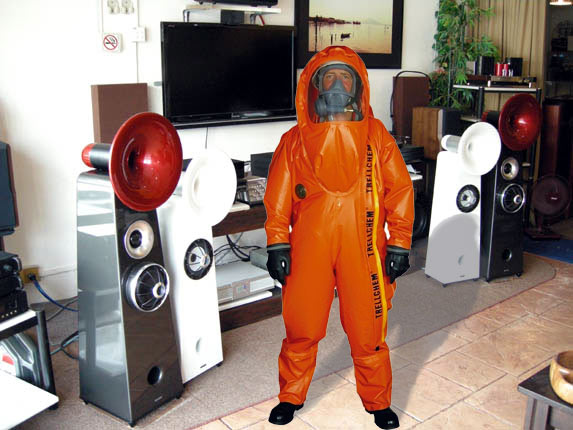H713
New Member
I was recently given a pair of NJE LVC II 20-1 bench power supplies with a Cadmium coated chassis that has the very familiar white powdery oxidation. It does indeed come off when rubbed. I know this is toxic, so I was planning to simply salvage the transformers from these and build a new bench power supply, but I'm wondering how I should go about disposing of the chassis themselves. I figured this was the best place to post about this since cadmium plating was pretty common on older audio equipment.


